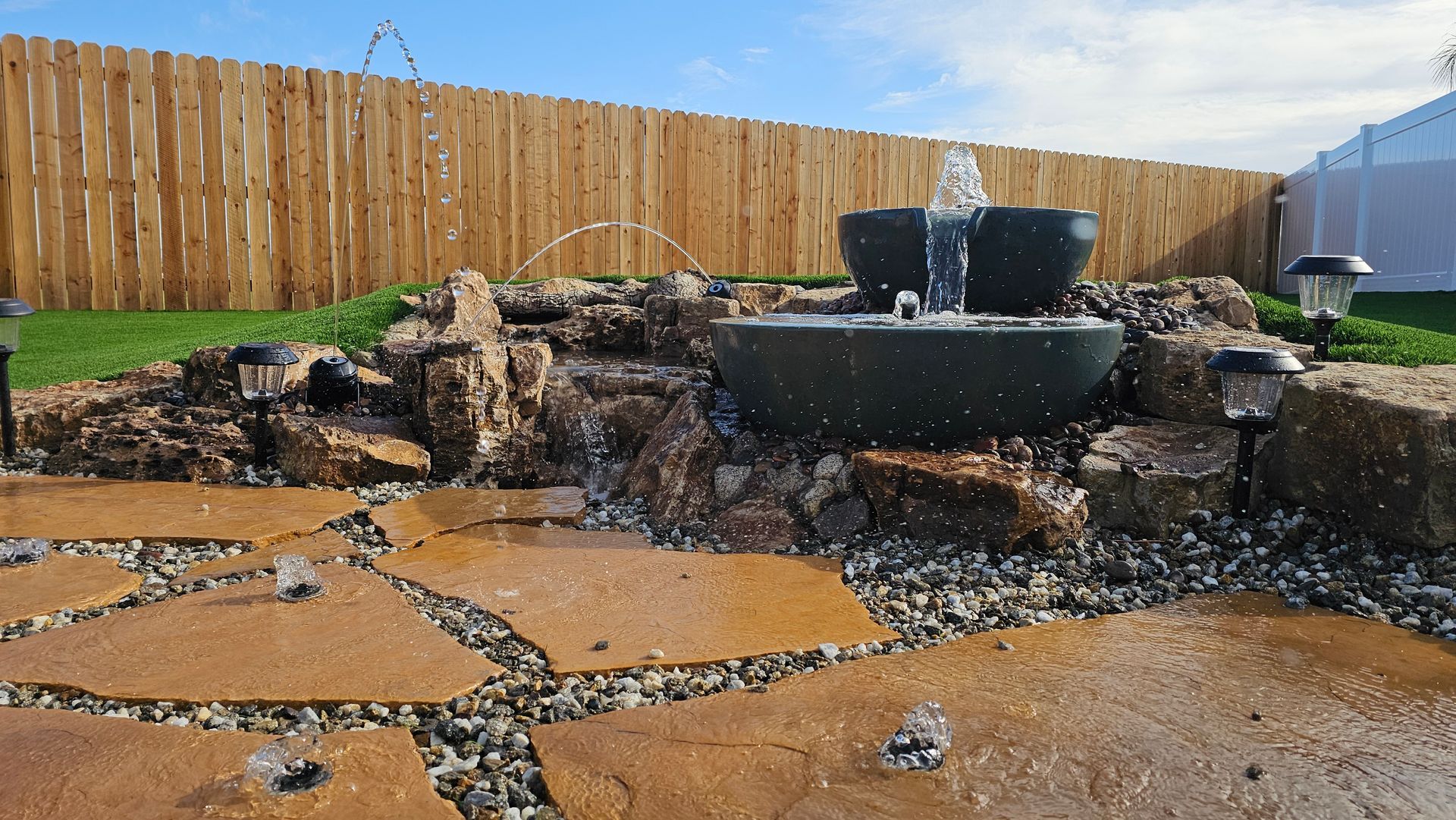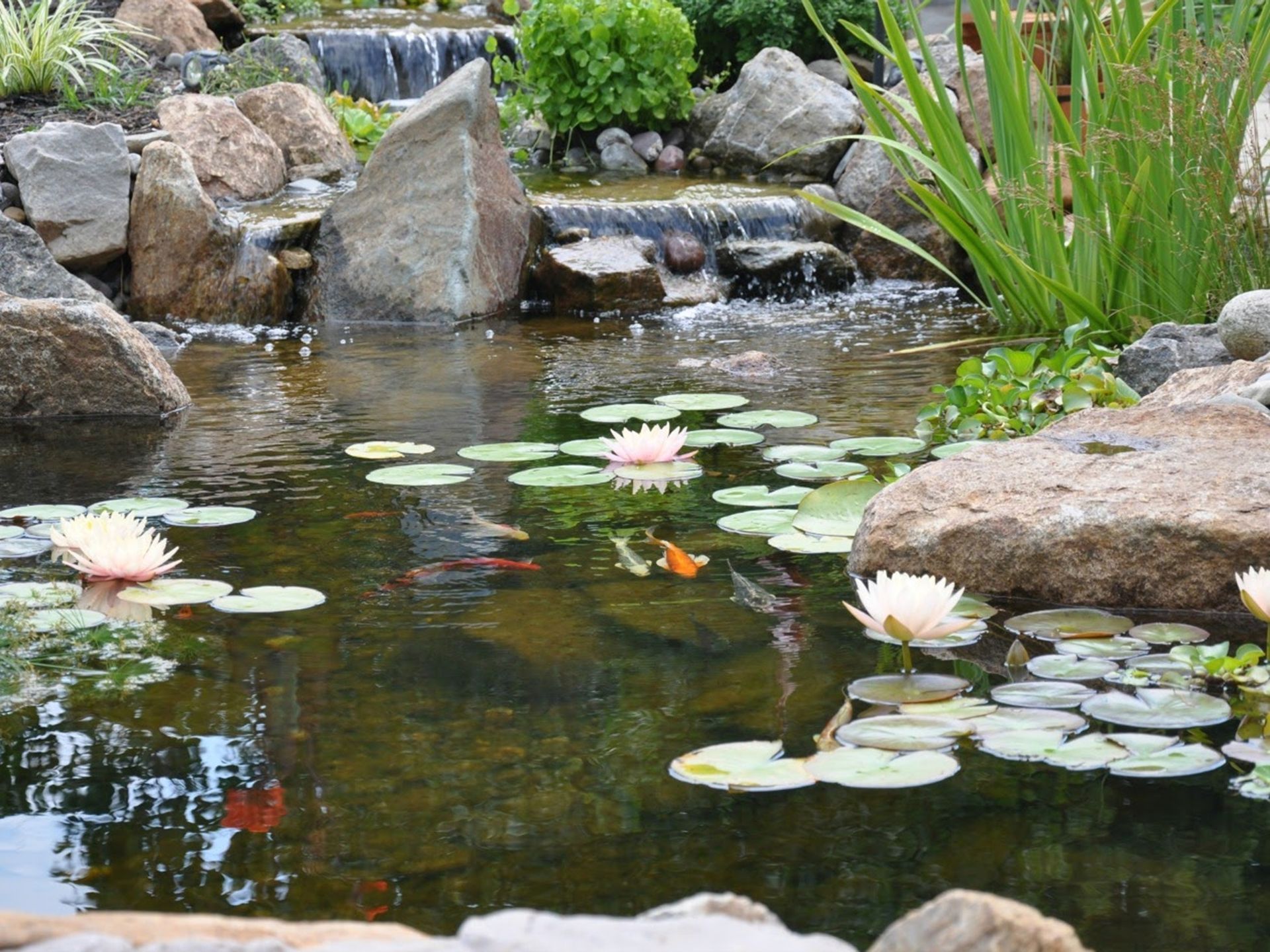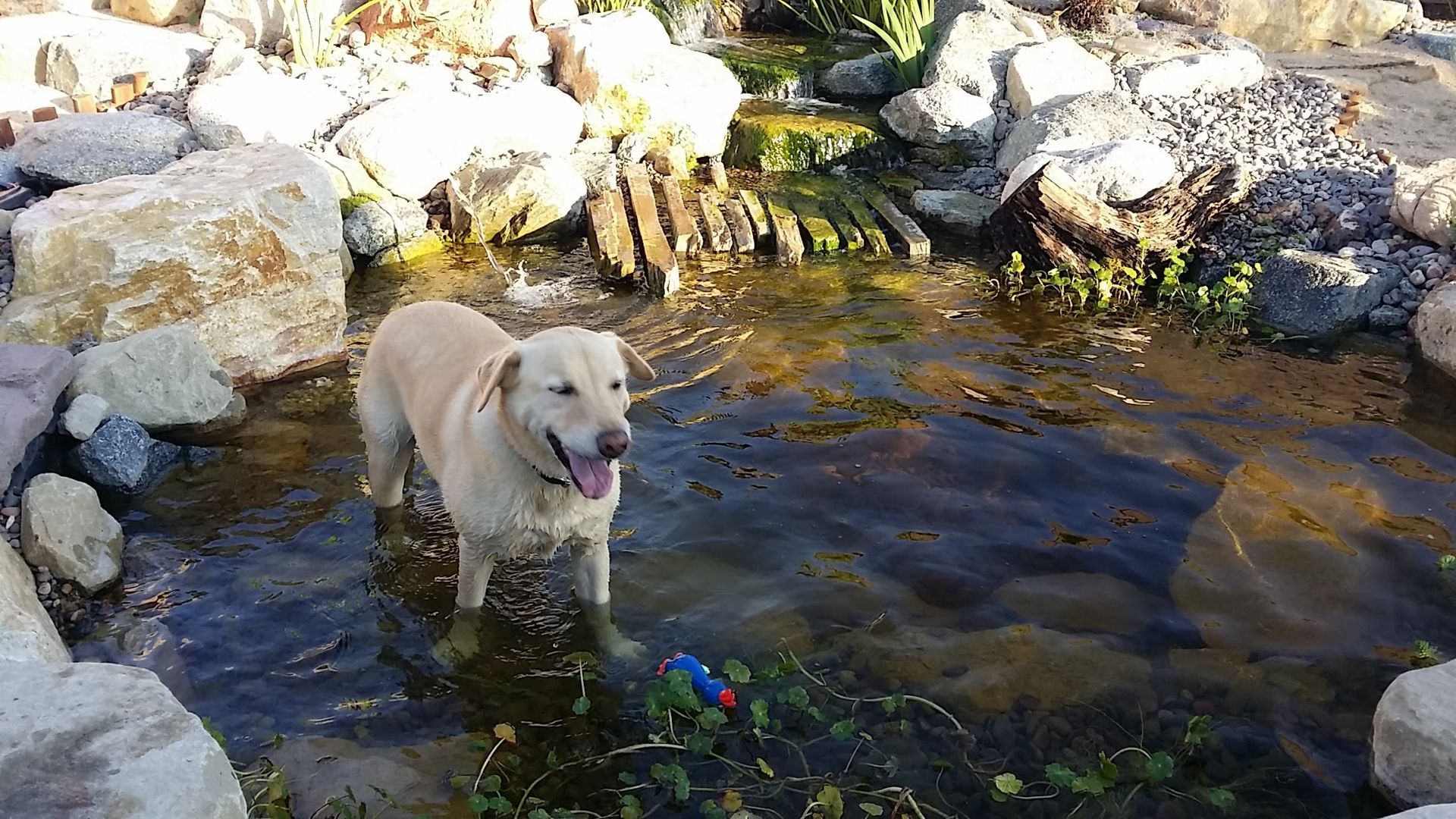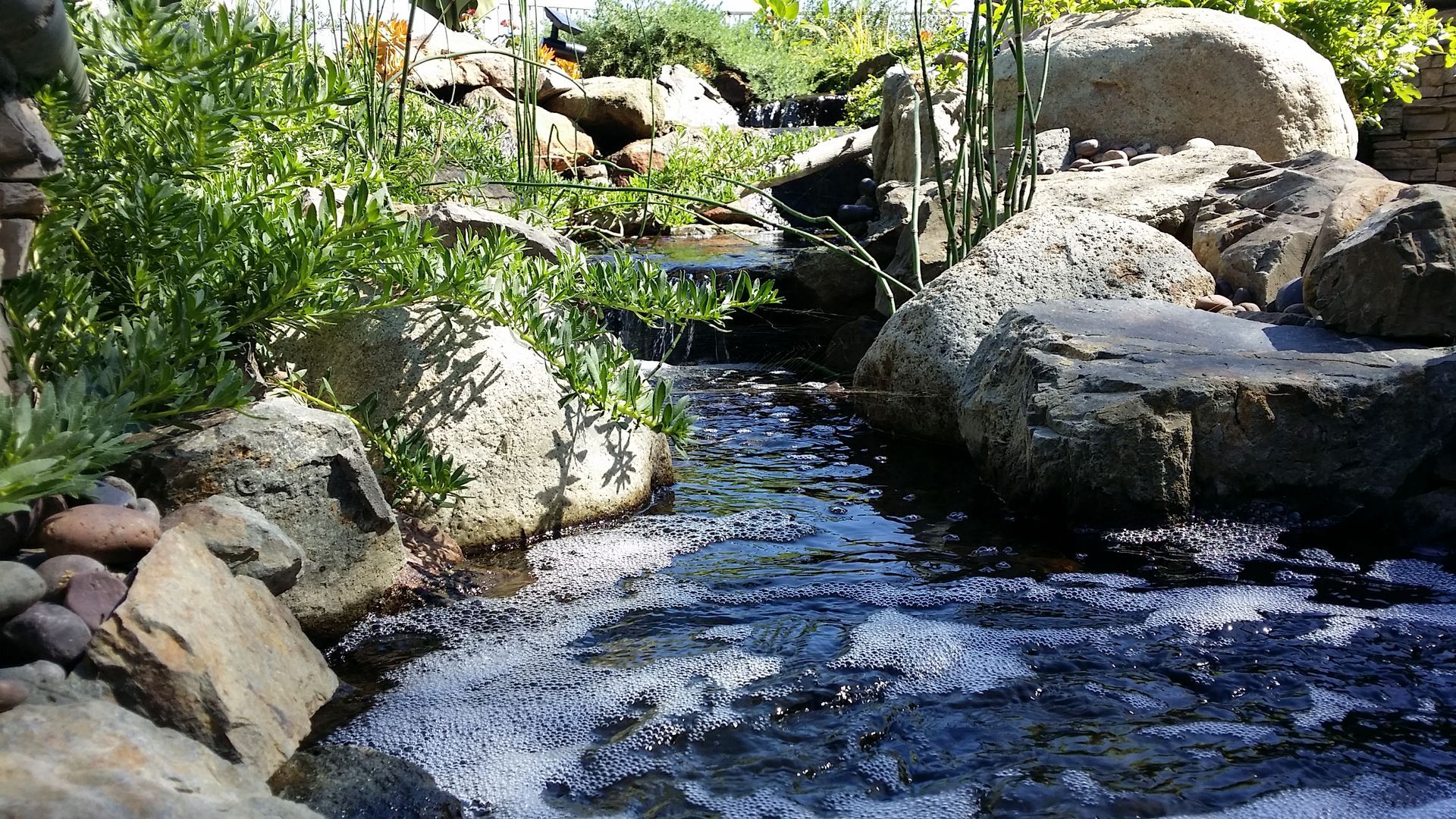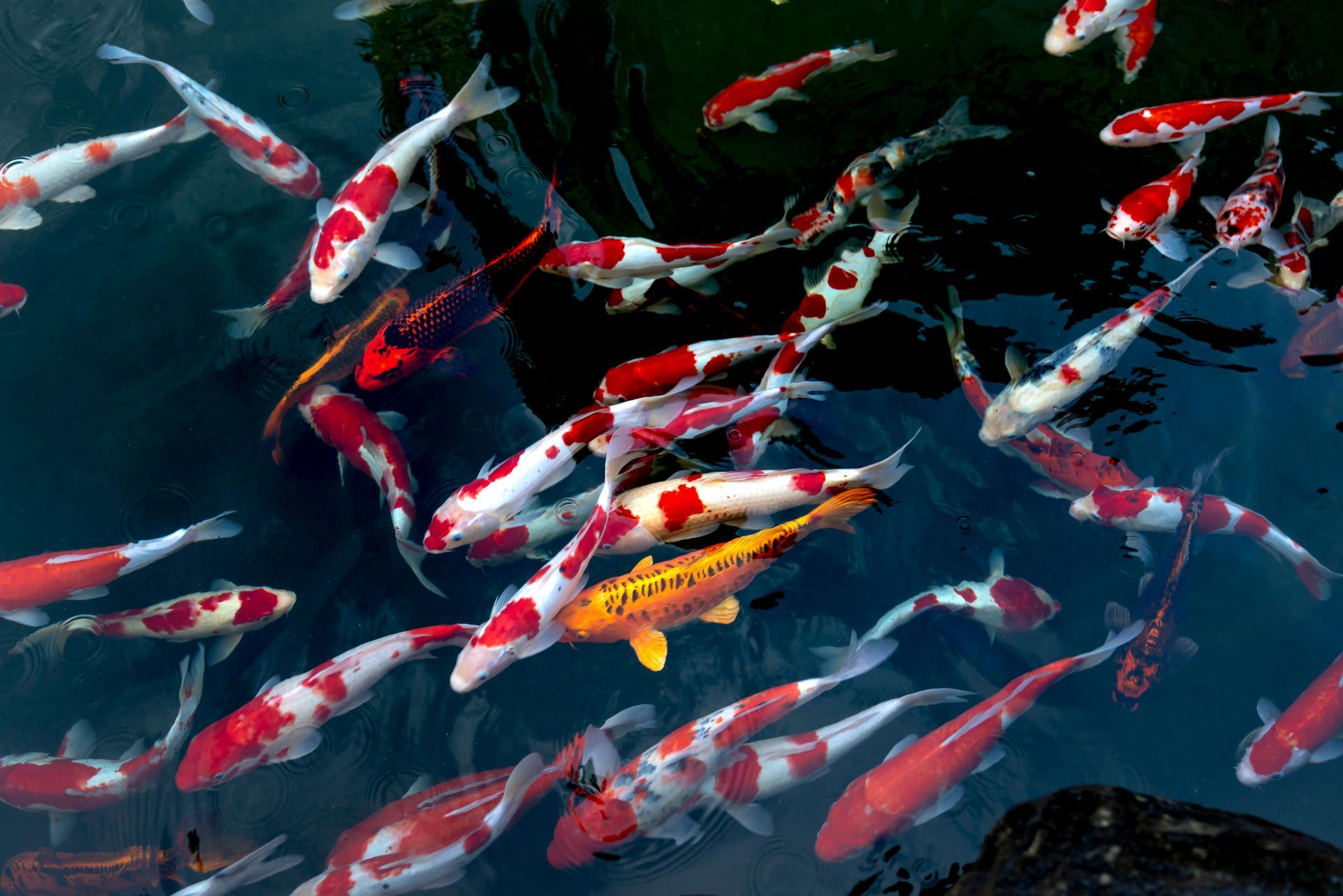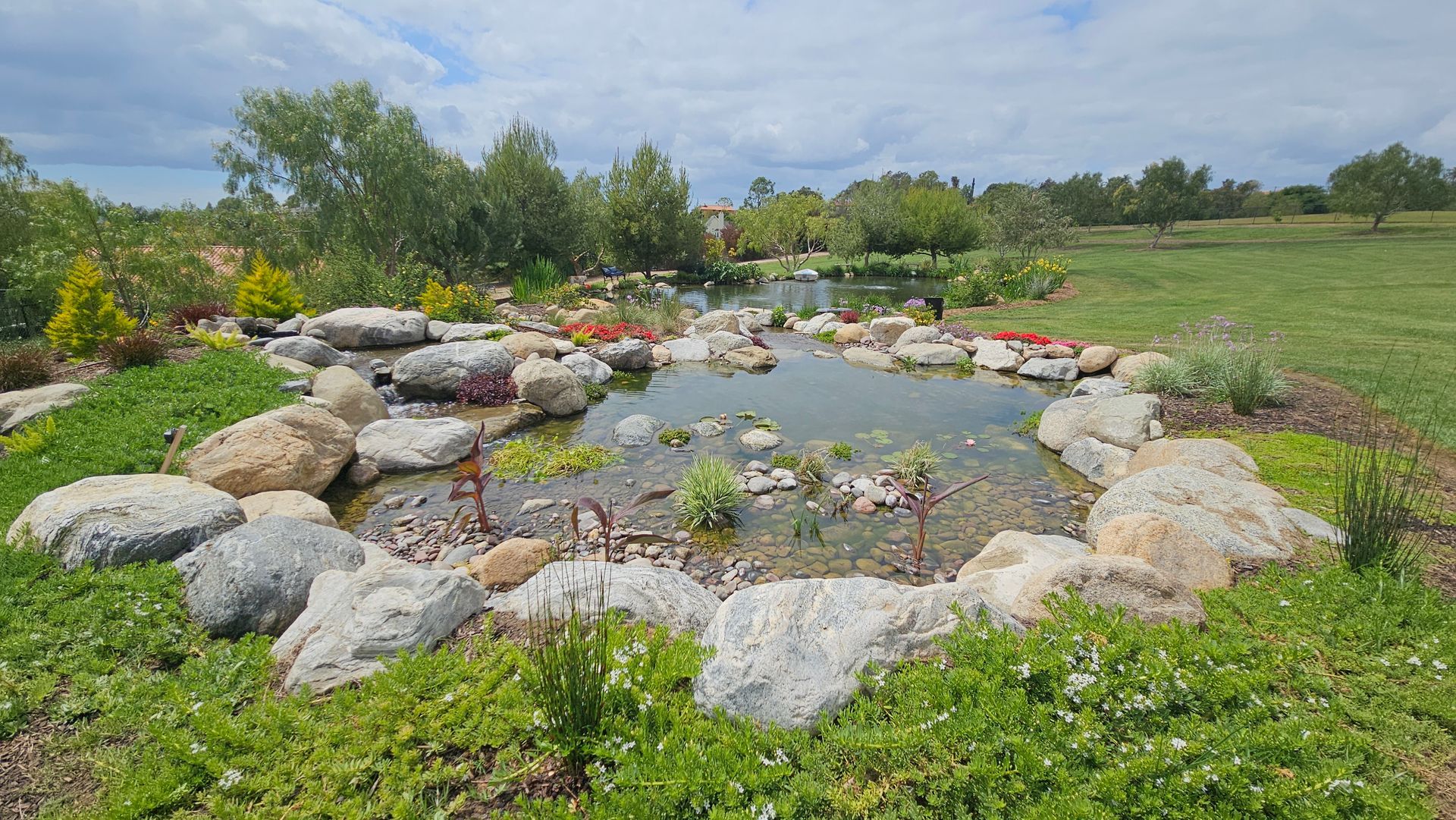Top 10 plants to use around a Southern California koi pond
Top 10 plants to use around a Southern California koi pond
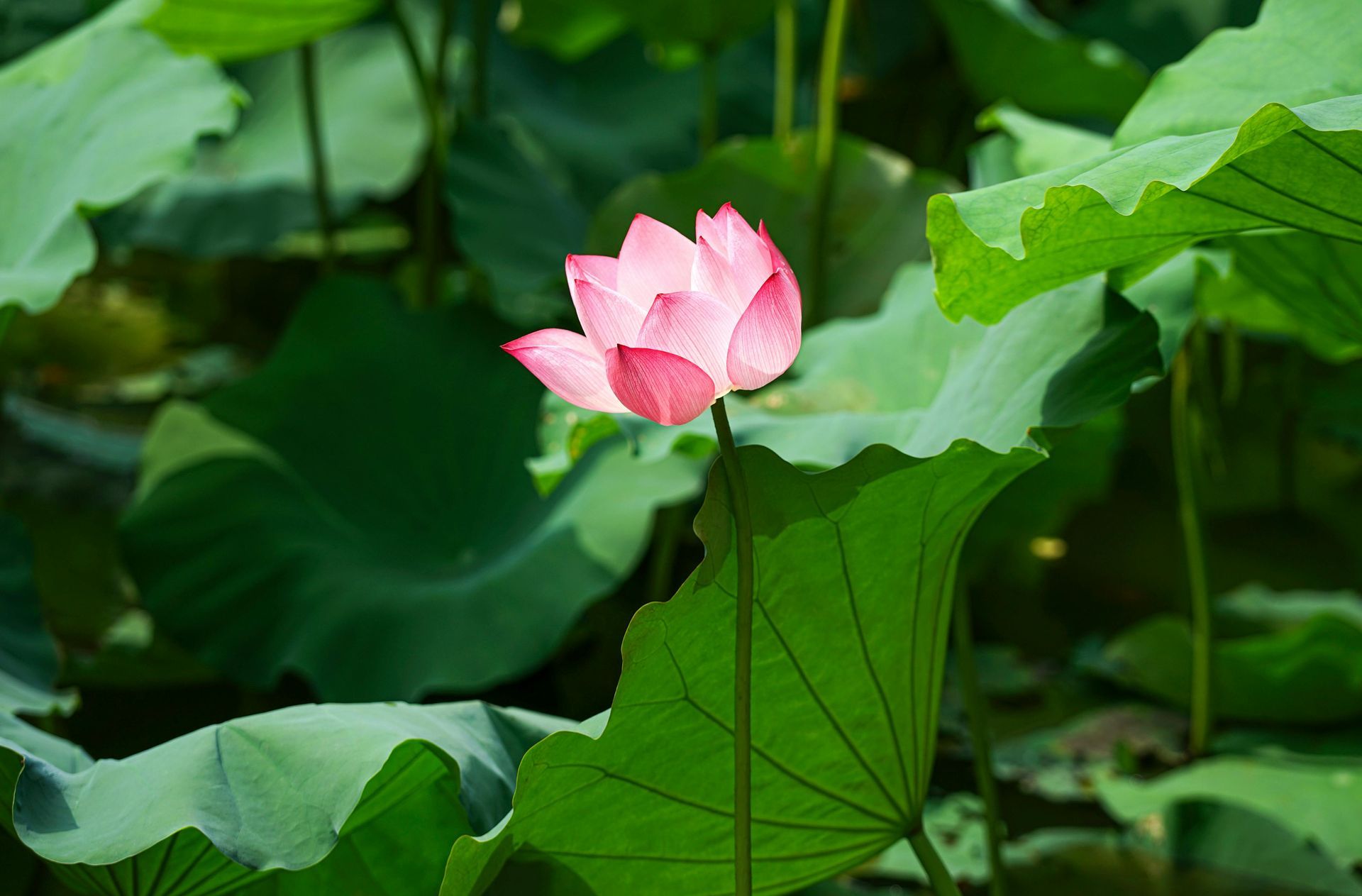
Why Plants Matter for Your Koi Pond
Before diving into our top selections, it's important to understand why plants are essential companions for your koi:
• Natural filtration: Plants absorb excess nutrients that would otherwise feed algae
• Oxygen production: Submerged plants release oxygen directly into the water
• Shade creation: Reducing direct sunlight helps maintain cooler water temperatures
• Habitat provision: Plants offer spawning areas and protection from predators
• Visual harmony: They soften hardscapes and create a more natural-looking pond
Now, let's explore the 10 best plants for Southern California koi ponds that balance function with beauty.
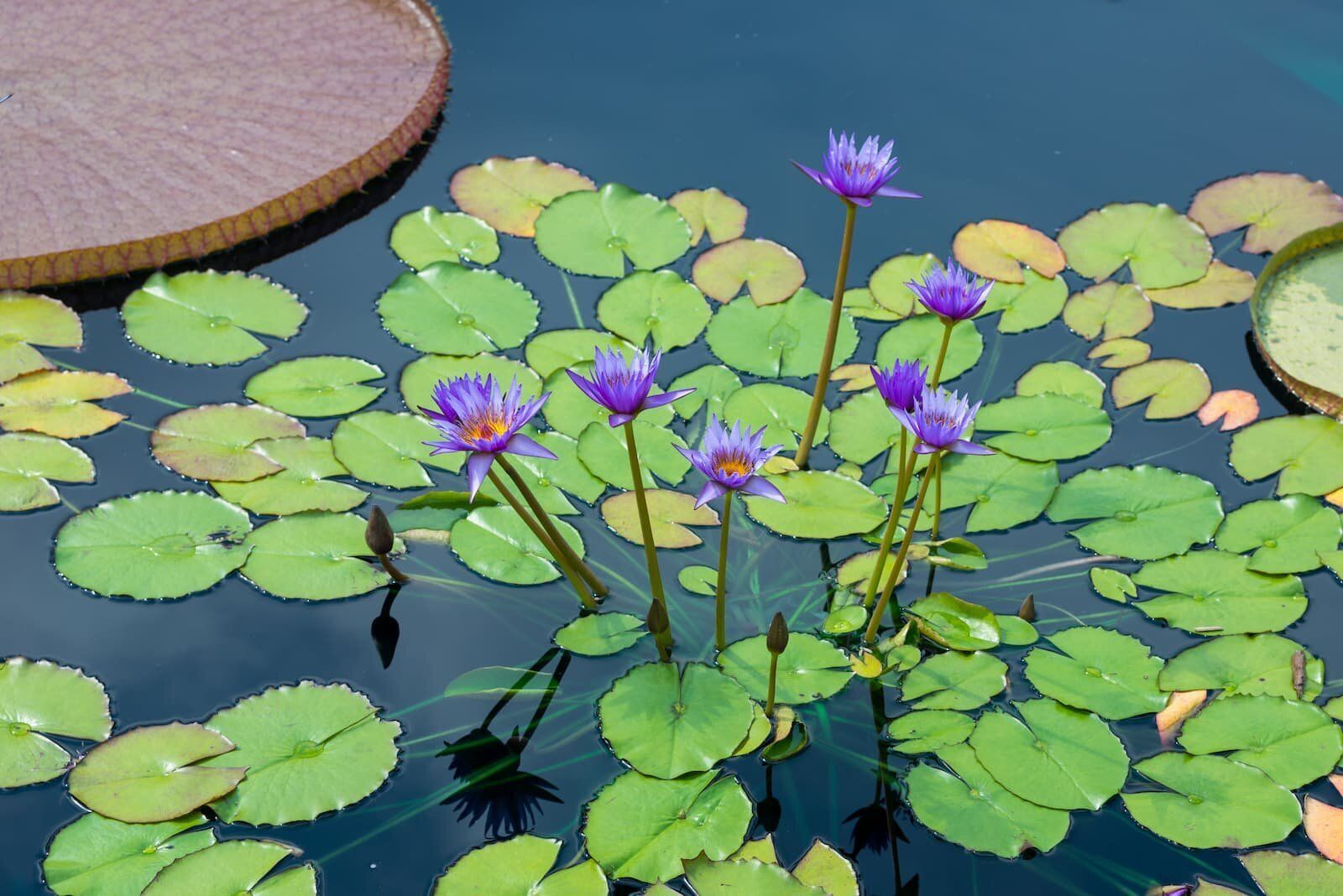
Water lilies are the crown jewels of any koi pond.
Their floating leaves provide essential shade that helps maintain water temperature and reduces algae growth. The flowers, which bloom from spring through fall in Southern California, create stunning focal points.
Why they work in SoCal: Hardy varieties thrive in the warm climate and tropical species can often survive year-round in Southern California's mild winters.
Best varieties for koi ponds: 'Colorado', 'Attraction', and 'Perry's Baby Red' perform exceptionally well.
Where to buy: California Aquatic Nurseries
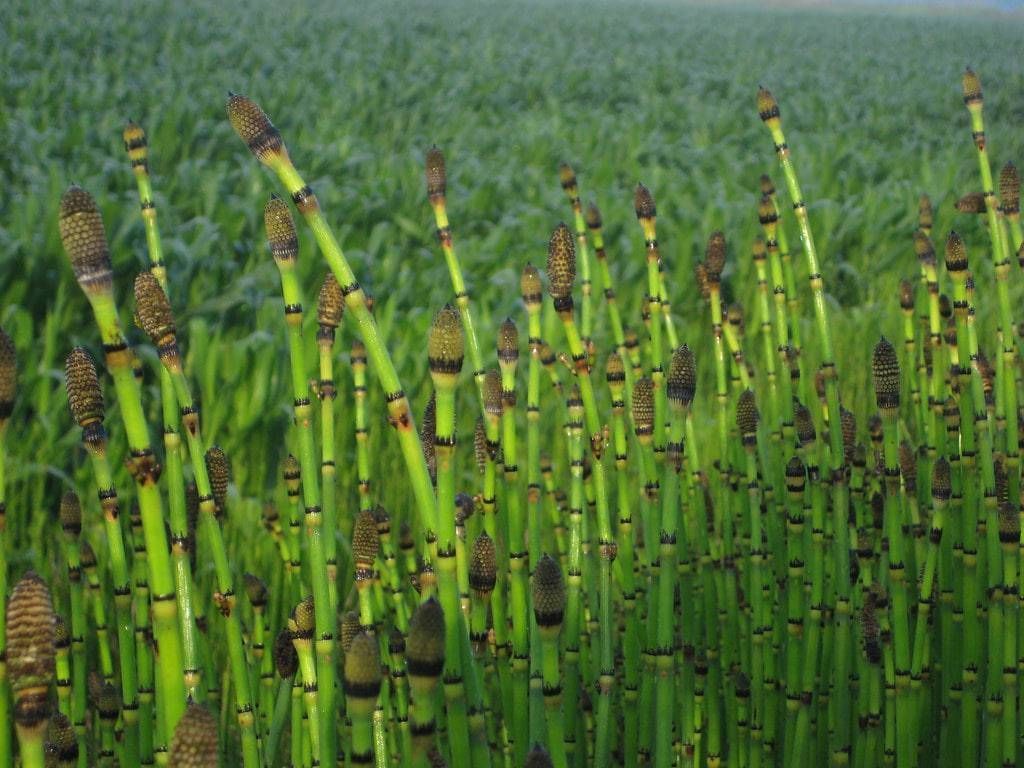
Horsetail Reed (Equisetum hyemale)
This prehistoric plant brings striking vertical elements to pond margins. The hollow, segmented stems create dramatic architectural interest while providing valuable water filtration.
Why they work in SoCal: Drought-tolerant once established and evergreen year-round.
Placement tip: Plant in containers submerged at the pond edge to prevent spreading, as they can be invasive when planted directly in soil.
Where to buy: San Marcos Growers
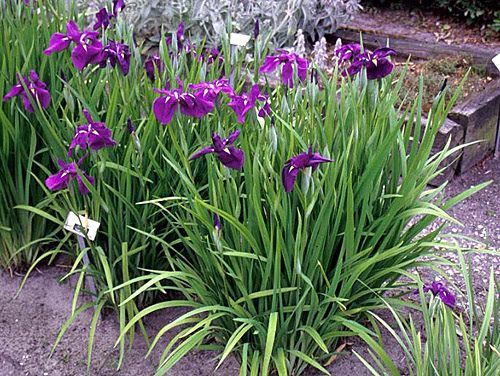
Japanese Iris (Iris ensata)
These elegant irises produce stunning blooms in late spring to early summer, with dramatic sword-like foliage that remains attractive throughout the growing season.
Why they work in SoCal: Adaptable to varying water conditions and moderate seasonal temperature fluctuations.
Maintenance note: Divide every 3-4 years to maintain vigor and flowering.
Where to buy: Peaceful Valley Farm Supply
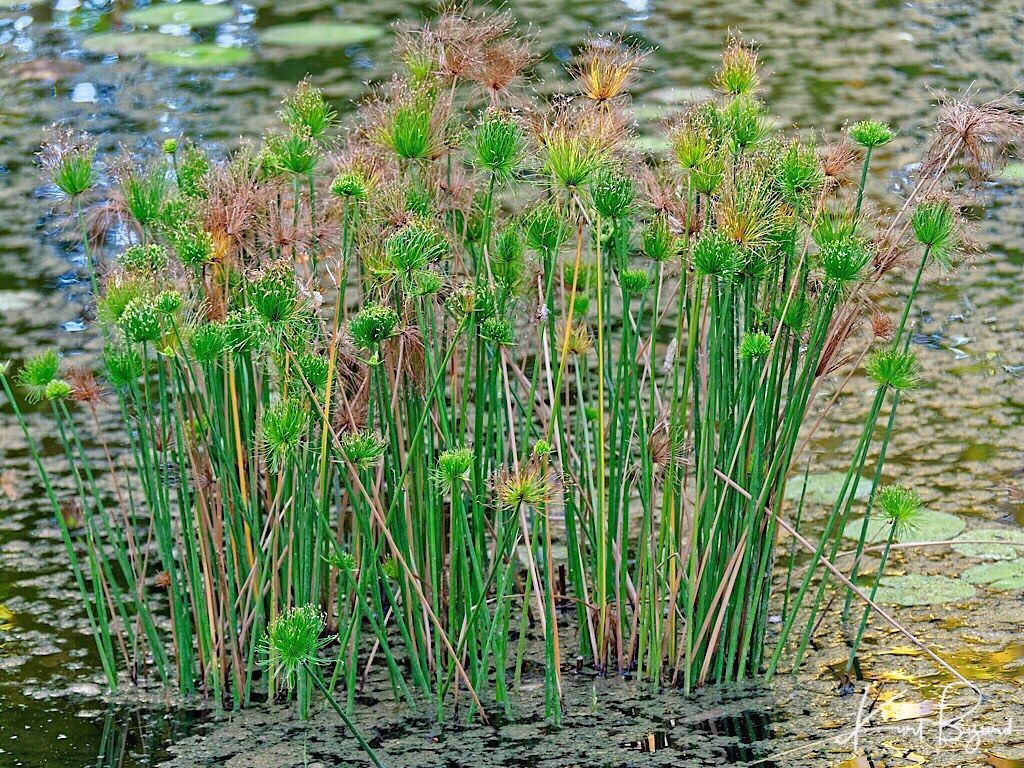
Dwarf Papyrus (Cyperus isocladus)
The umbrella-like tufts of this compact papyrus create a tropical feel while requiring less space than its larger cousin. At only 18-24 inches tall, it's perfect for smaller ponds or as a foreground plant.
Why they work in SoCal: Thrives in warm weather and can be grown in water up to 4 inches deep or in consistently moist soil.
Design tip: Group in odd numbers for natural-looking clusters.
Where to buy: Annie's Annuals & Perennials
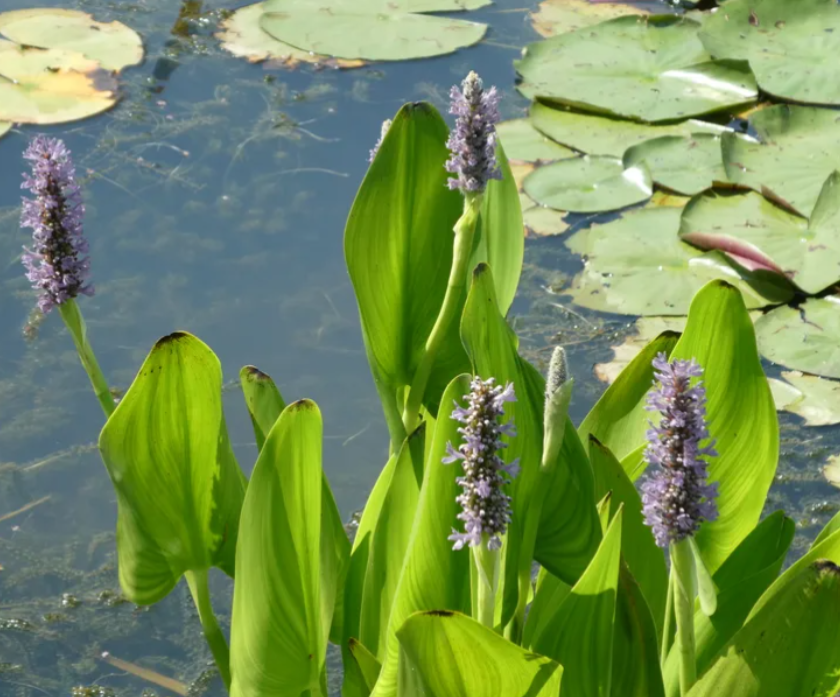
Pickerel Weed (Pontederia cordata)
This versatile marginal plant produces glossy heart-shaped leaves and spikes of vibrant blue-purple flowers that attract butterflies and pollinators from summer through fall.
Why they work in SoCal: Robust grower that helps remove excess nutrients from water while providing visual interest.
Ecological benefit: Excellent habitat for dragonflies, which help control mosquito populations.
Where to buy: Waterscapes Nursery
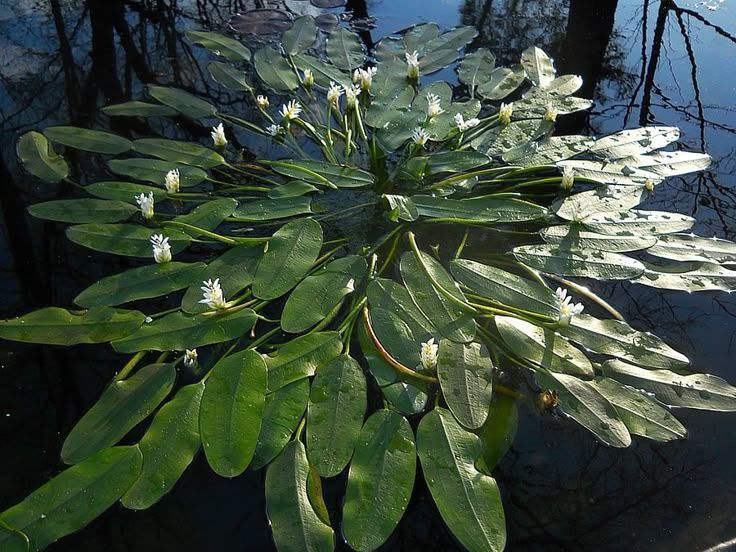
Water Hawthorne (Aponogeton distachyos)
Also known as Cape Pondweed, this aquatic plant produces vanilla-scented white flowers that float on the water's surface. The elongated leaves provide excellent oxygenation for your pond.
Why they work in SoCal: Unlike many aquatics, it goes dormant during summer heat and blooms in cooler seasons (fall through spring).
Planting depth: Place tubers 8-12 inches below water surface.
Where to buy: Pondplants.com
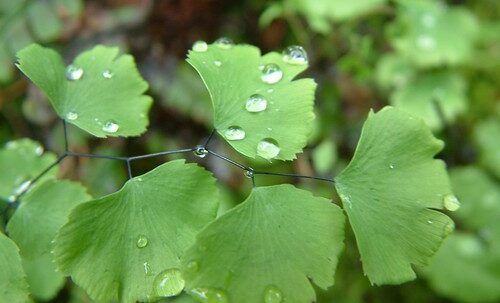
California Maidenhair Fern (Adiantum jordanii)
This native fern brings delicate texture to shady pond edges with its lacy fronds and black stems. It's perfect for creating lush, natural-looking transitions between water and surrounding landscape.
Why they work in SoCal: Native adaptation to the local climate when given proper moisture and shade.
Care tip: Keep soil consistently moist and protect from hot afternoon sun.
Where to buy: Tree of Life Nursery
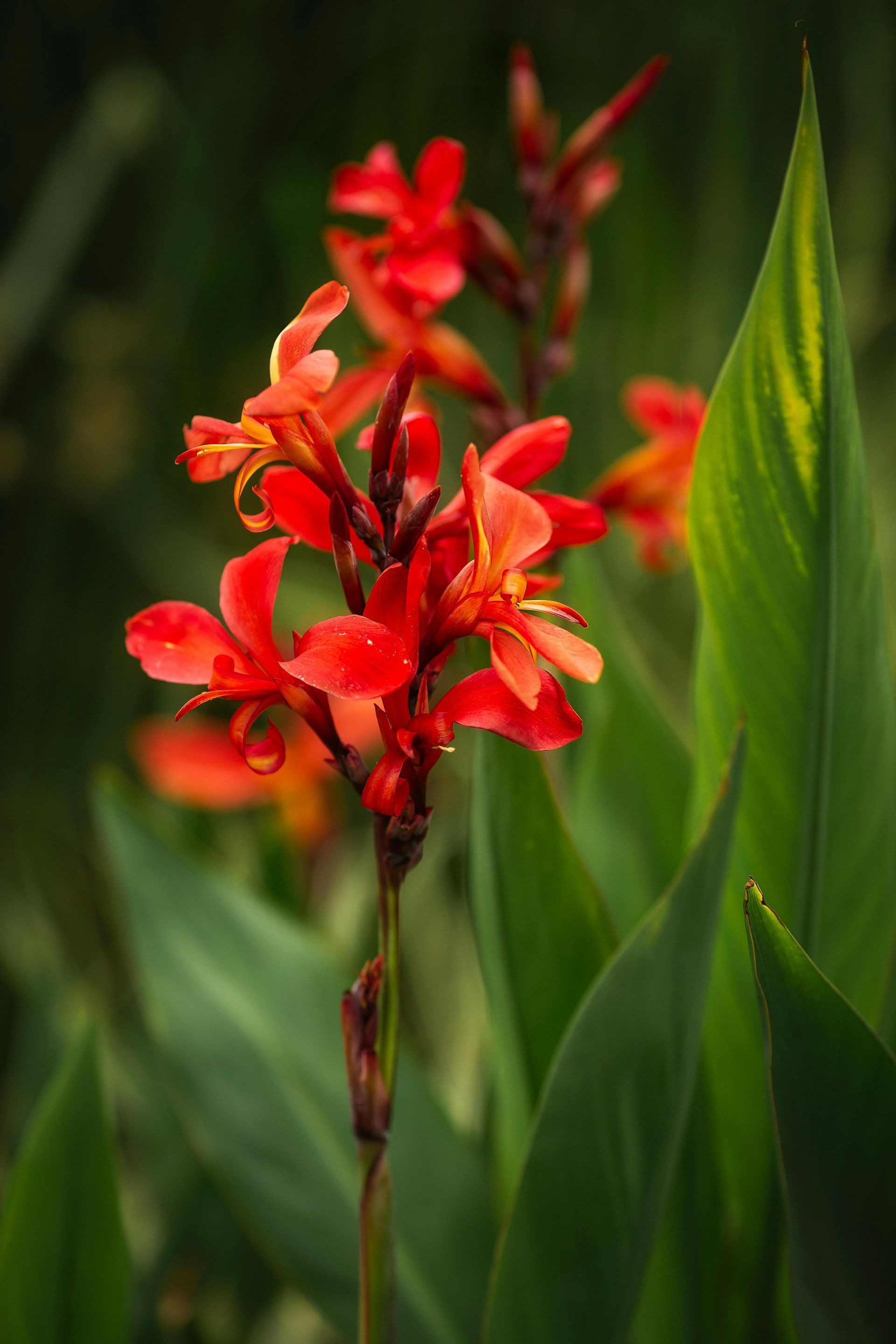
Canna 'Tropicanna' (Canna × generalis 'Tropicanna')
This bold, tropical plant features striking striped foliage in shades of burgundy, orange, yellow, and green, topped with vibrant orange flowers in summer and fall.
Why they work in SoCal: Heat-loving and virtually pest-free in Southern California's climate.
Growing tip: Plant in containers at pond edge, with soil surface 1-2 inches above water level.
Where to buy: Monrovia Nursery
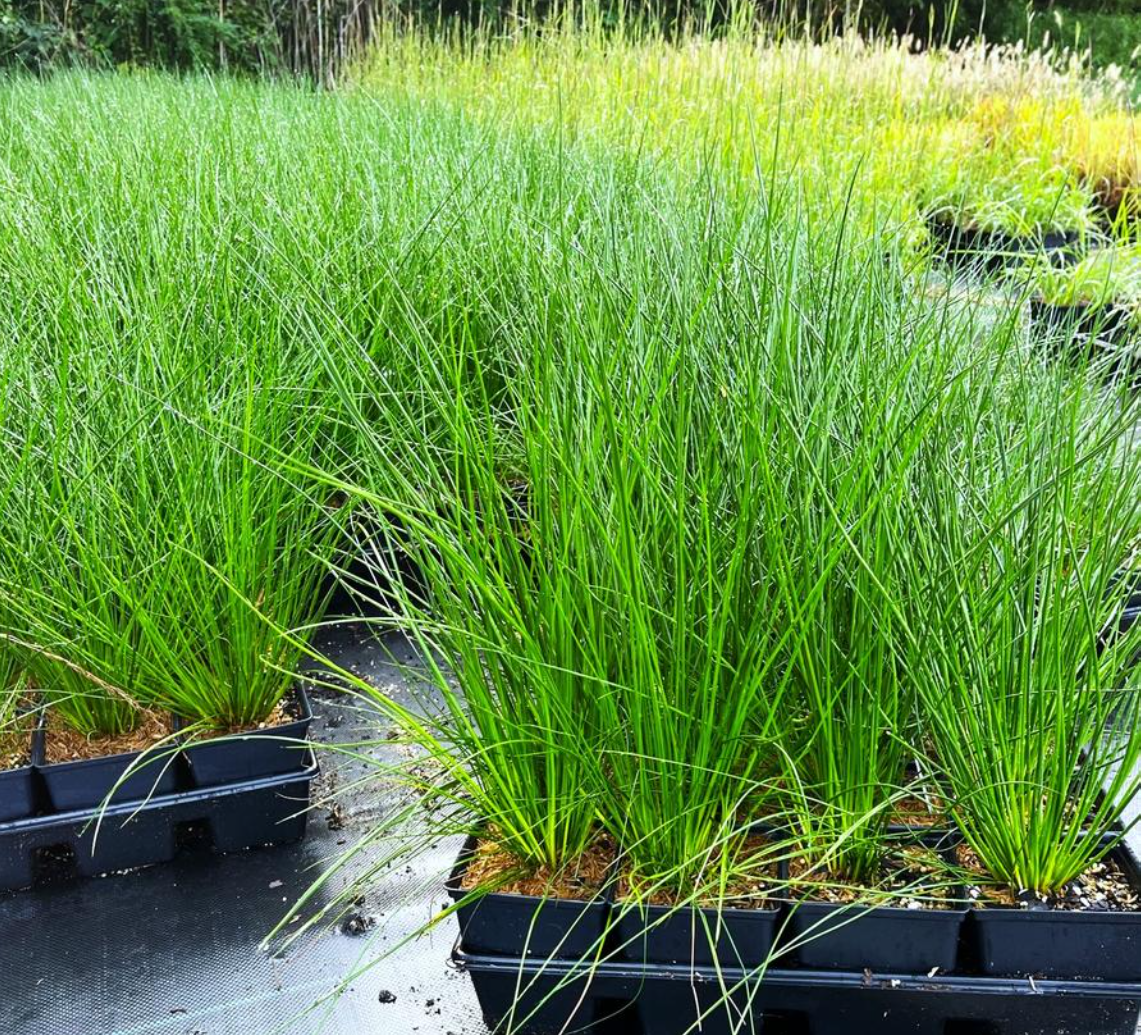
Soft Rush (Juncus effusus)
These deep green, cylindrical stems create strong vertical elements around pond edges. The dense growth habit makes it excellent for disguising pond liners and equipment.
Why they work in SoCal: Evergreen in mild climates and very adaptable to varying water levels.
Maintenance note: Cut back in late winter to promote fresh growth.
Where to buy: El Nativo Growers

Mosaic Plant (Ludwigia sedioides)
This floating plant features distinctive diamond-shaped leaves arranged in a mesmerizing mosaic pattern. Small yellow flowers appear among the foliage during summer months.
Why they work in SoCal: Thrives in warm water and full sun, typical of Southern California ponds.
Winter care: Treat as an annual or bring indoors in a water container during rare cold spells.
Where to buy: Aquascape Supplies
Planting Tips for Southern California Koi Ponds
Creating a thriving planted pond environment in Southern California requires some specific considerations:
1. Use containers: Plant most marginals in underwater pots to control growth and facilitate maintenance
2. Create depth zones: Design your pond with varying depths to accommodate different plant types
3. Consider wind protection: Southern California's Santa Ana winds can damage tall, exposed plants
4. Manage evaporation: Use floating plants to reduce water loss in hot, dry periods
5. Choose salt-tolerant varieties: If you occasionally treat your pond with salt for koi health
Seasonal Maintenance Calendar
To keep your Southern California koi pond plants looking their best:
Spring (March-May)
• Divide and repot overgrown aquatics
• Fertilize water lilies and lotus
• Remove protective coverings used during winter
Summer (June-August)
• Monitor water levels diligently
• Trim yellowing leaves promptly
• Provide additional shade if needed
Fall (September-November)
• Reduce fertilization
• Remove fallen leaves from water surface
• Trim back marginal plants
Winter (December-February)
• Protect tropical varieties during rare cold snaps
• Minimal maintenance required for most plants
• Plan next year's additions and changes
Finding the Right Balance
The ideal plant coverage for a healthy koi pond is approximately 60% of the water surface. This balance provides enough shade and filtration while leaving open swimming areas for your fish. In Southern California's intense summer sun, you might want to err on the side of more coverage during peak heat.
Remember that a well-planted pond creates a self-sustaining ecosystem that benefits your koi while reducing maintenance work for you.
Conclusion
Southern California's climate offers koi pond enthusiasts unique opportunities and challenges. By selecting the right plant combinations from this list, you can create a stunning water garden that supports healthy koi while conserving water and reducing maintenance. Start with a few varieties and expand your collection as you discover which plants perform best in your specific microclimate.
Keywords: koi pond plants, Southern California water gardening, aquatic plants, pond landscaping, water lilies for koi ponds, pond ecosystem, pond marginal plants, water garden design
Hashtags: #KoiPondLife #SoCalWaterGardening #PondPlants #WaterGardeningTips #KoiHabitat #DroughtTolerantPonds #AquaticGardening #SustainablePonds
